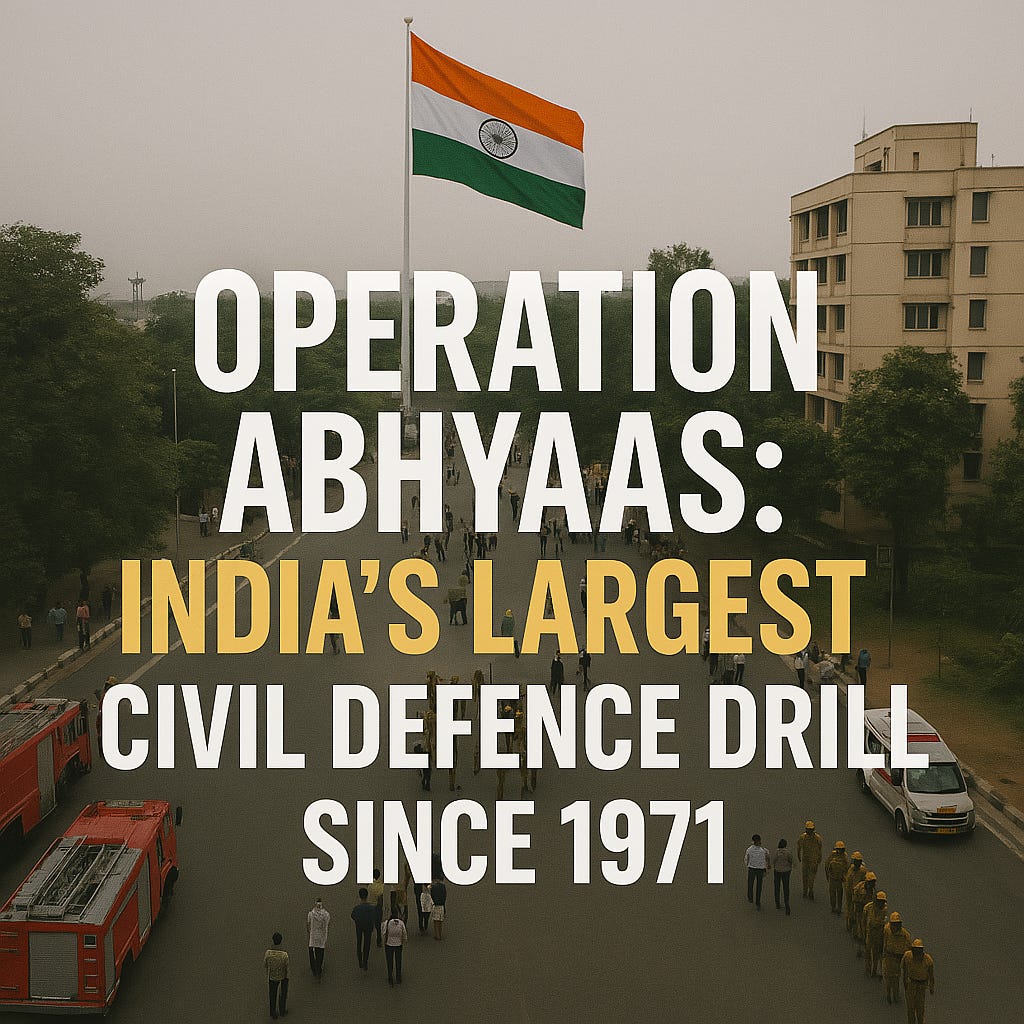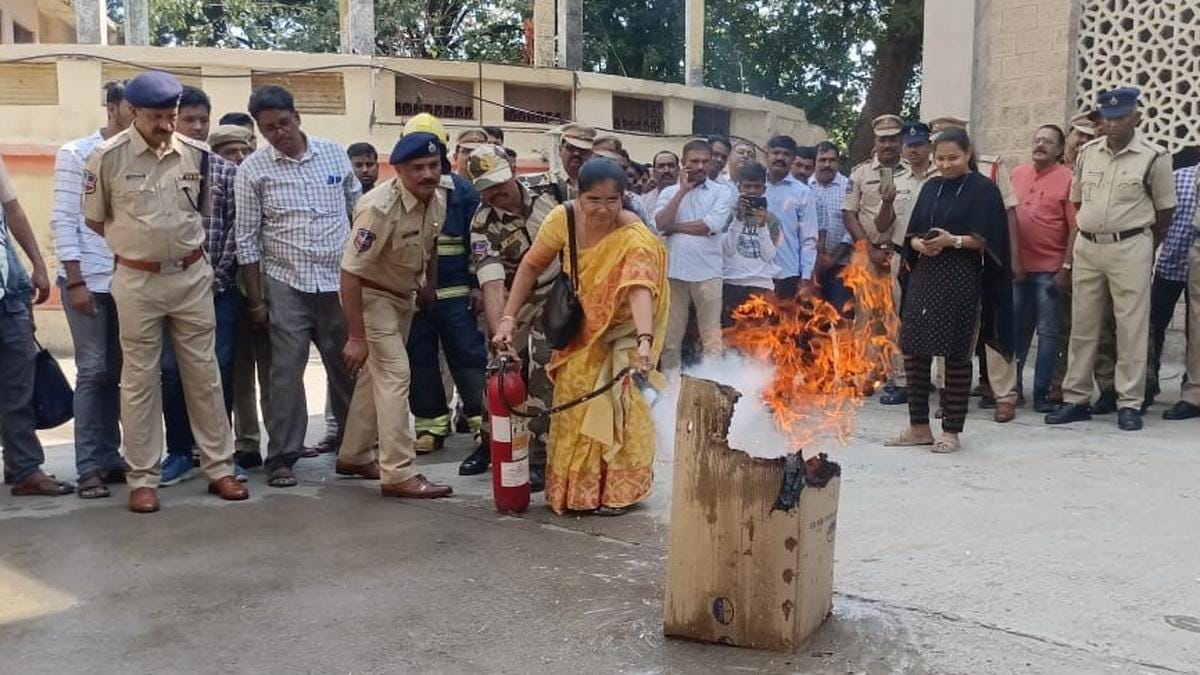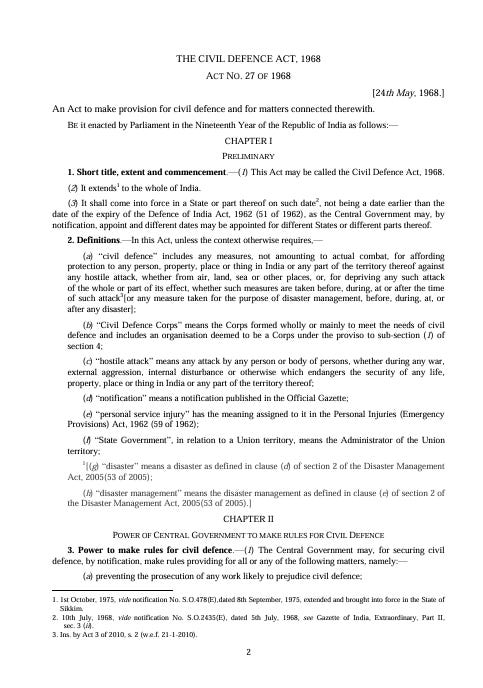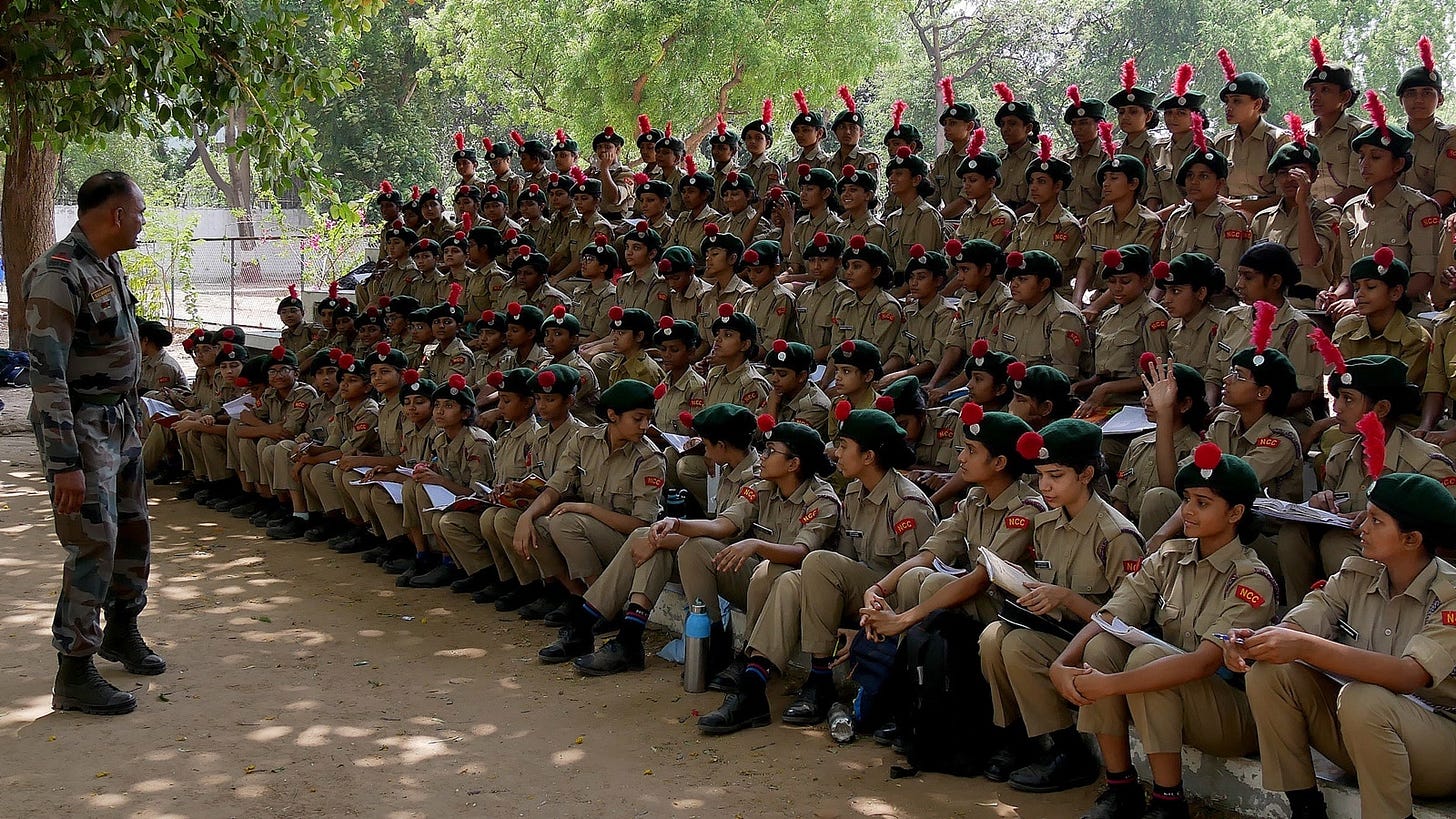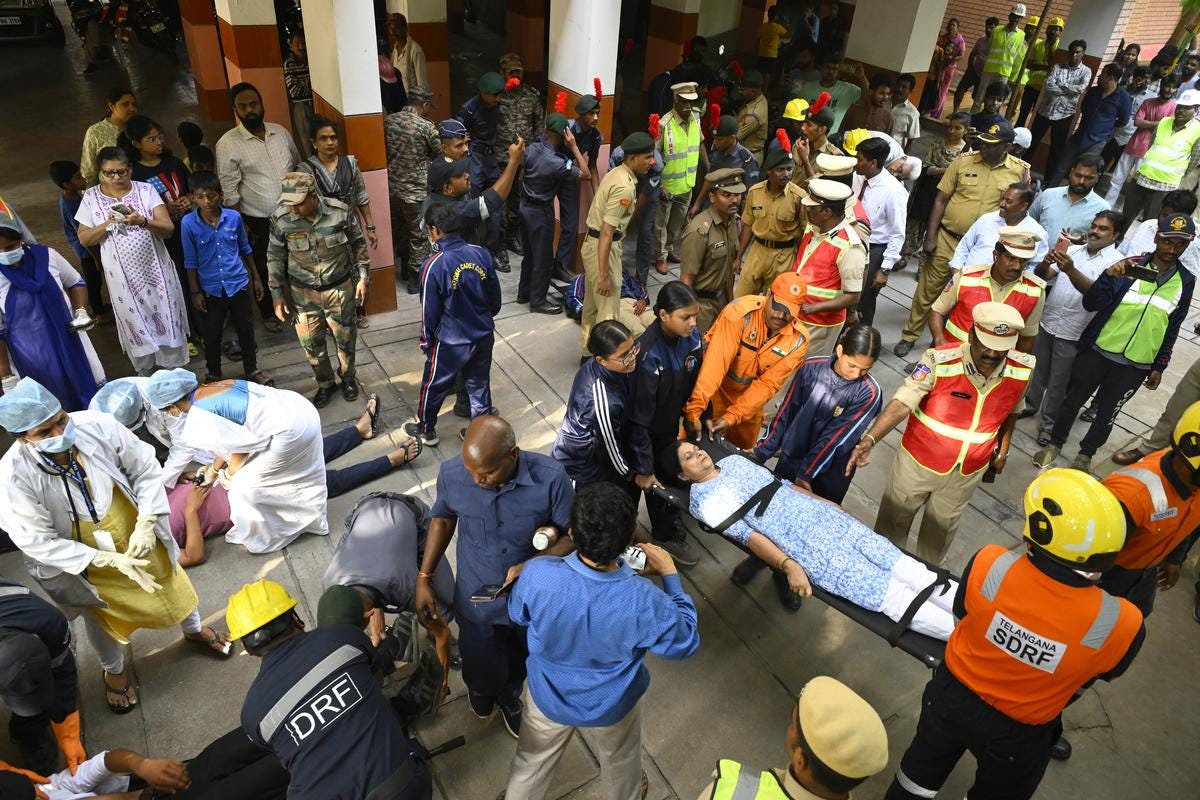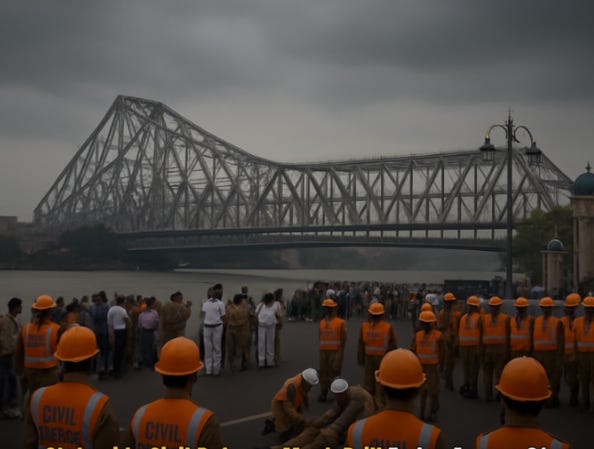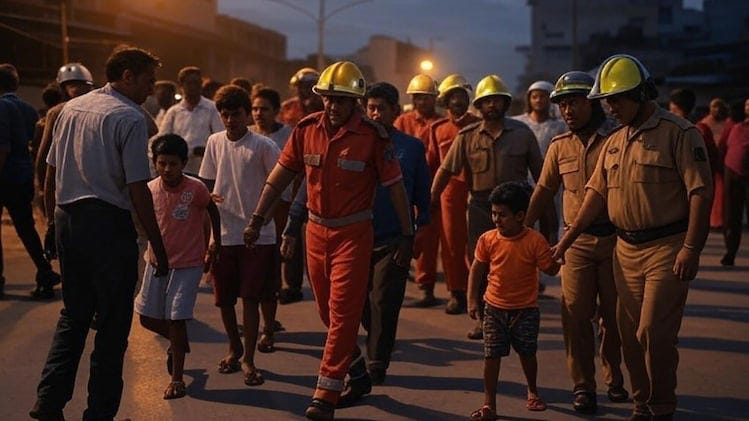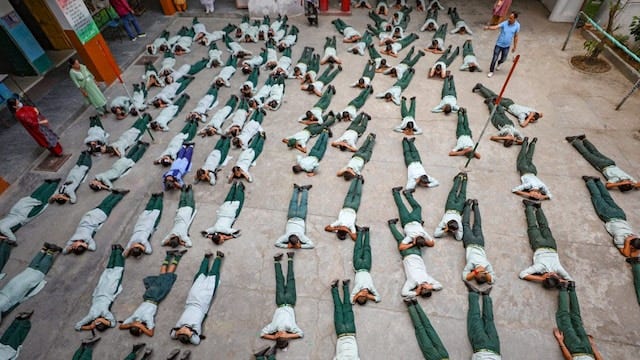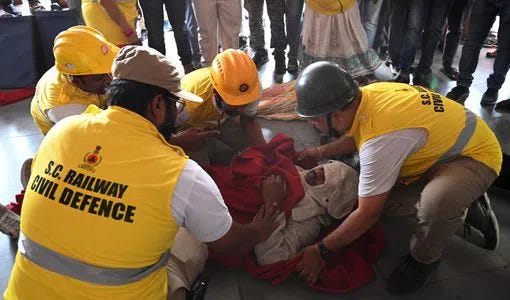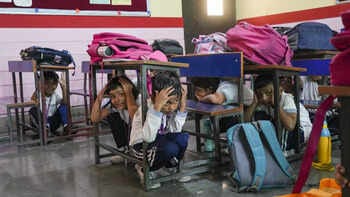Operation Abhyaas: India’s Largest Civil Defence Drill Since 1971
How India’s Nationwide Preparedness Exercise Strengthens Security & Crisis Response
Operation Abhyaas: Strengthening India’s Civil Defence Readiness
India conducted Operation Abhyaas on May 7, 2025, marking the largest nationwide civil defence drill since 1971. This exercise spanned 244 districts and tested emergency preparedness through blackouts, air raid sirens, evacuation drills, and civilian training.
The drill was organized by the Ministry of Home Affairs (MHA) and coordinated by the National Disaster Management Authority (NDMA). Its goal was to assess India’s readiness for hostile threats, train civilians in emergency responses, and evaluate security protocols at critical installations.
The backdrop to this drill? Rising tensions with Pakistan after the Pahalgam terror attack (April 22), which claimed 26 civilian lives. In response, India took strong diplomatic and security measures, including military preparedness and intensified civil defence efforts. Operation Abhyaas reinforced national resilience, preparing citizens and institutions for unforeseen crises.
Policy Framework: Civil Defence Preparedness in India
✅ The Civil Defence Act, 1968, India’s civil defence efforts are governed by the Civil Defence Act, 1968, which outlines measures for disaster response, emergency preparedness, and civilian protection. This law empowers the government to conduct drills, mobilize resources, and involve citizens in defence training during crises.
✅ Operation Abhyaas & National Security Policies. This nationwide drill aligns with India’s evolving security framework, particularly in response to hostile threats and geopolitical tensions. The initiative enhances disaster response protocols, ensuring coordinated efforts between central, state, and local agencies.
✅ Community-Based Disaster Management
Local administration: District officials oversee drills, ensuring regional adaptability and quick response strategies.
Volunteer engagement: NCC cadets, NSS members, and civil defence volunteers train civilians in emergency protocols.
Public participation: Mock drills raise awareness about blackout procedures, evacuation routes, and first-aid readiness.
Execution of Operation Abhyaas: Nationwide Participation
✅ Scale of the Drill Operation Abhyaas was executed across 244 districts, involving air-raid sirens, blackout exercises, evacuation drills, and public training to simulate emergency responses.
✅ Major Cities & High-Impact Simulations
Delhi: 60 air raid sirens activated, evacuation drills at NDMC Headquarters, Khan Market, and Chandni Chowk.
Mumbai: Blackout exercises at CSMT station, malls, and high-density zones.
Hyderabad: Citywide blackout (4 PM - 4:30 PM) across strategic locations like Secunderabad, Golconda Fort, and Nacharam.
Kolkata & Chennai: Public evacuation rehearsals at transit hubs and malls.
✅ Sector-Specific Drills
Metro & Transport: Lucknow Metro suspended operations for 15 minutes to test emergency response.
Educational Institutions: 660 schools conducted evacuation drills, preparing students and staff for crisis scenarios.
Critical Installations: Madras Atomic Power Station, RBI HQ, and other vital facilities ran blackout tests.
Public Spaces: Evacuation exercises at markets, malls, and large gathering points ensured mass movement efficiency.
Public Engagement & Training
Civilian & Volunteer Participation Thousands of civil defence volunteers, NCC cadets, students, and emergency responders took part in Operation Abhyaas. Schools, workplaces, and residential communities conducted blackout drills, evacuation rehearsals, and emergency response exercises to ensure preparedness.
Government Advisory on Preparedness The Ministry of Home Affairs (MHA) issued guidelines urging citizens to:
Prepare emergency kits with essentials like torches, first-aid supplies, and backup communication tools.
Follow blackout protocols, keeping homes and workplaces dark to simulate an attack scenario.
Locate evacuation shelters, including basements and designated safety zones mapped by local authorities.
Challenges Faced
Gurugram reported low compliance, as residents failed to observe the blackout due to poor communication and unclear advisories.
Some cities saw hesitation among civilians, with low awareness of blackout measures and evacuation routes.
Impact Assessment
Kerala and Maharashtra had high civilian participation, proving effective outreach and awareness.
Some districts lacked uniform preparedness, signaling the need for more consistent public engagement in future drills.
Overall, Operation Abhyaas strengthened India’s civil defence readiness, but highlighted gaps in execution and awareness.
Geopolitical Implications
Pahalgam Attack Aftermath: India’s Response. The April 22 Pahalgam terror attack left 26 civilians dead, escalating tensions with Pakistan. In response, India carried out focused strikes on terrorist sites under Operation Sindoor, expelled Pakistani diplomats, and reinforced border security measures. This crisis led to Operation Abhyaas, ensuring civilian readiness for potential escalations.
Civil Defence Drills & National Security Strategy Operation Abhyaas fits into India's broader defence framework, alongside military readiness and border fortifications. These drills test crisis response at the civilian level, ensuring public participation in national security measures.
Comparison With Past Defence Drills (1971 Indo-Pak War) India hasn't conducted a nationwide civil defence drill of this scale since the 1971 Indo-Pak war preparations. While earlier drills focused on military strategies, Operation Abhyaas engages citizens, volunteers, and institutions, making security a community-driven initiative.
Future Preparedness: Will This Become a Yearly Exercise? Given its scale and impact, Operation Abhyaas might evolve into a regular preparedness exercise. Experts advocate for annual civil defence drills, ensuring public awareness, infrastructure security, and emergency response improvements over time.
Evaluating India’s Readiness
Advancing Civil Defence Capabilities Operation Abhyaas marked a major step in India’s emergency preparedness, reinforcing civil defence strategies across 244 districts. The drill tested blackouts, evacuations, and crisis response mechanisms, ensuring coordinated action between government agencies, emergency responders, and civilians.
Lessons Learned
Blackouts: Some cities demonstrated smooth execution, while others faced communication gaps leading to low compliance (e.g., Gurugram).
Evacuations: Schools and key locations effectively mobilized personnel, but public participation needs greater awareness campaigns.
Security Drills: Critical sites tested response protocols, highlighting areas for future refinement in coordination and execution.
Policy Improvements & Future Initiatives
Standardized blackout & evacuation protocols for public spaces, schools, and high-density areas.
Community-based drills to improve civilian engagement and awareness beyond official agencies.
Annual preparedness initiatives, ensuring long-term readiness against modern threats.
Final Takeaway: Public Involvement Matters Civil defence isn’t just a government initiative—it requires active participation from the public. Operation Abhyaas highlighted gaps in awareness, but also demonstrated India’s evolving security framework. Future exercises will only be effective if citizens engage, learn, and contribute to a safer nation.
Fair Use Disclaimer:
This newsletter may contain copyrighted material, the use of which has not always been specifically authorised by the copyright owner. We are making such material available for educational, informational, and commentary purposes only. We believe this constitutes a "fair use" of any such copyrighted material as provided under Section 107 of the U.S. Copyright Act. If you wish to use copyrighted material from this newsletter for purposes of your own that go beyond fair use, you must obtain permission from the copyright owner.
Fair Dealing Disclaimer:
This newsletter may contain material that is copyrighted. Such material is made available for educational, informational, research, and commentary purposes only, under the fair-dealing provisions of the Indian Copyright Act, 1957. We do not claim ownership of any third-party content unless specifically stated. All rights to such content remain with their respective owners. If you wish to use any material from this newsletter for purposes beyond fair dealing, you are required to seek permission from the original copyright holder.
References
Wikimedia Contributors – 2025 India Civil Defence Mock Drill Overview.
Ministry of Home Affairs (MHA) Reports – Official Documentation on Civil Defence Policies.
National Disaster Management Authority (NDMA) – Guidelines and Execution Strategy for Operation Abhyaas.
Indian News Agencies (ANI, PTI, HT, TOI) – Reports on Drill Execution and Public Participation.
Local Government Reports


